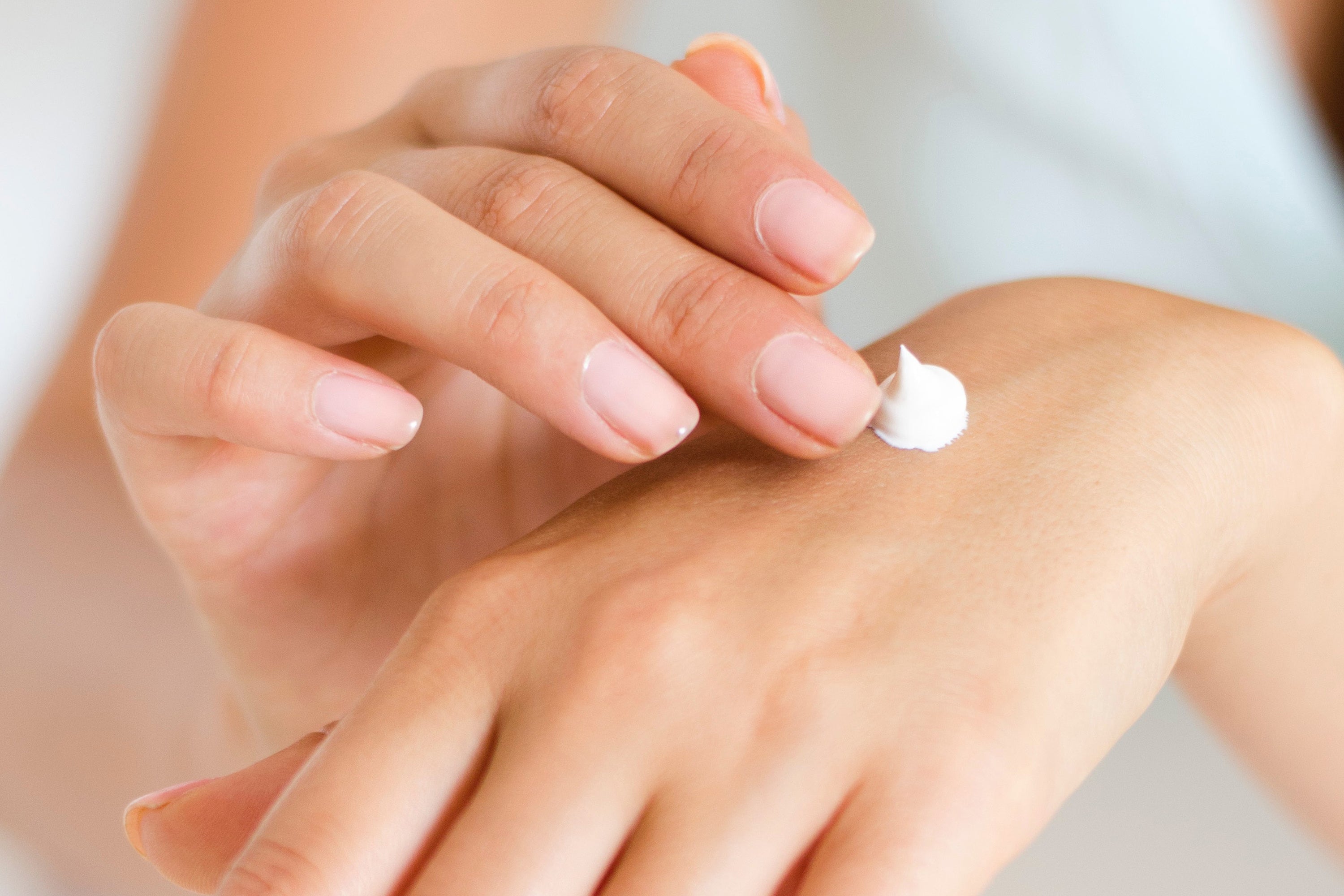We’ve said it before and we’ll say it again. Healthy skin is hydrated skin. To lock in that hydration however you need a strong skin barrier. Enter Ceramides: similar to Hyaluronic Acid and Squalene–all of which occur naturally within the skin–Ceramides are one of the foundations of skin health.
As an essential skin lipid, not only do Ceramides maintain the integrity and structure of the skin barrier, but they also help to retain moisture and hydration and protect the skin from irritants, bacteria, and other environmental stressors.
Because Ceramides are considered a skin-identical ingredient–in other words, they are found naturally in the skin–as a skincare ingredient, they are suitable for all skin types.
What are Ceramides?
Ceramides are an essential skin lipid (or fat) that makes up about 40% of the epidermis (or outer skin layer). Just like Squalene, Ceramides are lipids that are essential for skin structure while also strengthening the skin's barrier function, preventing moisture loss, keeping the skin supple, and protecting the skin from external aggressors and pollution.
As with all good things, unfortunately our Ceramide levels naturally decline with age. Studies show that we lose up to 40% of our naturally occurring Ceramides by our thirties, increasing to around 60% in our forties and more as we age. As these natural Ceramide levels decline, it leads to drier and more sensitive skin due to a weakened skin barrier and a loss of firmness.
The good news is that applying Ceramides topically can significantly decrease moisture loss, which, in turn, boosts skin hydration and improves barrier function leading to happier, healthier skin.
What are the different types of Ceramides in skincare?
In skincare products, Ceramides are either created synthetically using fermentation technology or derived from plants such as wheat, corn, oats and rice. Plant-derived Ceramides might also be referred to as Phytoceramides while plant oils such as Jojoba, Grapeseed and Hemp are also a natural source of Ceramides.
When looking at ingredient labels, generally you will see the word Ceramide followed by a number or letters such as AP, EOP, NG, NP, or NS. Another thing to look for are Ceramide precursors such as phytosphingosine and sphingosine that actually help the skin make more Ceramides.
What are the skincare benefits of Ceramides?
Research has shown that applying Ceramides topically significantly increases skin hydration, reduces trans epidermal water loss and improves skin barrier function. When used regularly, Ceramides also improve skin texture and boost elasticity. The cherry on top, Ceramides are non-irritating and non-sensitizing making them perfect for even the most hypersensitive of skin types.
Another reason to add this ingredient into your skincare routine–Ceramides also play well with a slew of other ingredients including Retinol, AHAs and BHAS as its soothing action buffers the irritating and drying effects of these actives, and can also complement the soothing effects of ingredients like Niacinamide.
How to use Ceramides?
Ceramides are essentially a moisturizer and can be incorporated into both your morning and evening routine. Ceramides can be found in cleansers, serums and creams to support the skin barrier and promote hydration.
Because ceramides act as emollient, locking moisture into the skin, they should be layered on top of humectants like Hyaluronic Acid or under an oil like Squalane, making it a key step in a skin flooding routine.
Ceramides can also be used before the application of actives such as Vitamin C or Retinol to to minimize irritation or afterwards to seal in these potent ingredients.
